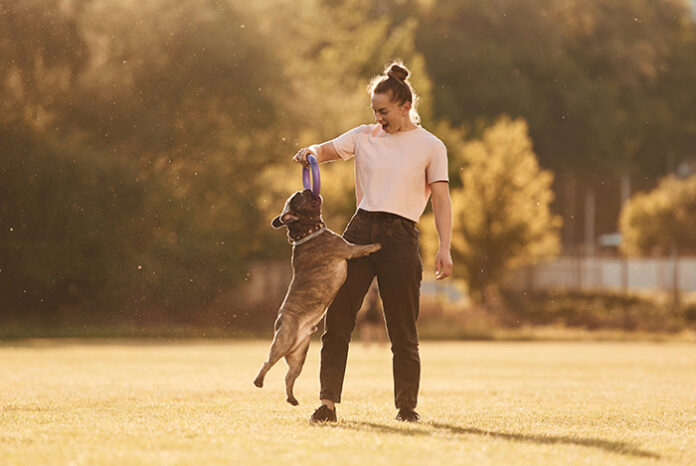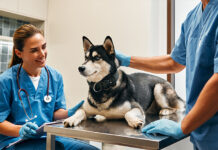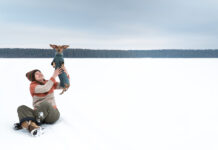
Summer is a wonderful time for outdoor adventures, but it also brings certain hazards for our furry friends. With a little preparation and vigilance, you can ensure your dog enjoys the sunny season safely. Here are the top five summer hazards for dogs and how to prevent them.
1. Heatstroke: The Hidden Danger
Prevention Tips:
Avoid the Heat: Keep your dog indoors during the hottest parts of the day, typically between 10 AM and 4 PM. Plan walks and playtime for the early morning or late evening when it’s cooler.
Hydration: Always provide plenty of fresh, cool water. Carry a portable water bowl and offer frequent water breaks during outdoor activities.
Shade: If your dog must be outside, ensure there’s a shaded area where they can escape the direct sun.
Never Leave in Cars: Never, ever leave your dog in a parked car. Temperatures can skyrocket in minutes, leading to fatal heatstroke.
Prevention Tips:
Test Surfaces: Before walking your dog on pavement, test the temperature with the back of your hand. If it’s too hot for you, it’s too hot for them.
Walk During Cooler Times: Stick to early morning or late evening walks when the ground is cooler.
Protective Gear: Consider dog booties to shield their paws from hot surfaces. They may take a little getting used to, but they’re worth it!
Provide Fresh Water: Ensure your dog always has access to clean, fresh water. Refresh their water bowl frequently to keep it cool.
Hydrating Foods: Offer hydrating treats like ice cubes or water-rich fruits (e.g., watermelon, in moderation). These can be a fun and tasty way to keep your dog hydrated.
Frequent Breaks: During outdoor activities, take frequent breaks to allow your dog to rest and drink water. Watch for signs of dehydration like excessive panting, dry nose, or lethargy.
Prevention Tips:
Preventative Medications: Use vet-recommended flea, tick, and heartworm preventatives consistently. These can significantly reduce the risk of infestations and diseases.
Regular Checks: After outdoor adventures, thoroughly check your dog for ticks and fleas. Pay close attention to areas like behind the ears, under the legs, and around the tail.
Avoid Infested Areas: Steer clear of tall grass, dense brush, and wooded areas known for heavy parasite populations. Stick to well-maintained paths and parks.
Prevention Tips:
Know Your Plants: Identify and remove toxic plants from your yard. Common toxic plants include lilies, oleander, and sago palm.
Avoid Stagnant Water: Keep your dog away from stagnant water bodies, which can harbor toxic blue-green algae. Algae blooms are more common in the summer and can be deadly if ingested.
Supervise Outdoors: Always keep an eye on your dog when they are outside. Supervision helps prevent them from ingesting harmful plants or water.
General Tips for a Safe Summer:
Supervision: Always supervise your dog during outdoor activities. This helps prevent accidents and ensures they don’t get into trouble.
Proper Identification: Make sure your dog is wearing a collar with an ID tag and is microchipped. This ensures they can be quickly returned if they get lost.
Regular Vet Check-ups: Keep up with regular vet visits and vaccinations. This ensures your dog is healthy and protected against common diseases.
By being proactive and vigilant, you can help ensure your dog stays safe and healthy throughout the summer months. Enjoy the sunny days and make the most of this wonderful season with your furry friend!











